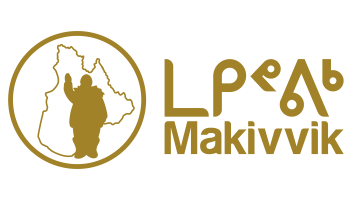The Nunavik communities are located at a distance between 1500 and 2500 km north of Montréal. Only three of the communities have populations of over one thousand. Roughly 90% of Nunavik’s total population is Inuit. There are no roads between the Nunavik communities, nor are there roads linking Nunavik to the south. Air service provides the only year round passenger transportation and shipping in the summer as well as air service provides freight for any supplies needed. The cost of living in Nunavik has been established at 69% higher than elsewhere in the province of Québec. A 2001 Statistics Canada report on Harvesting and Community Well Being among Inuit establishes the cost of staple food items in Kuujjuaq at 2.4 times the cost of the same foods in Montreal. The Inuit of Nunavik are not subjected to the Indian Act and pay all federal and provincial sales and income tax at the same rate as other Canadians.
The population of Nunavik is very young. Over 75% of Nunavimiut (the people of Nunavik) are under the age of 35 and 50% are under the age of 20 years. The percentage of children 0-5 years of age is 2.5 times higher in Nunavik than in the rest of Québec. This age group of approximately 1600 children represents 16% of the Nunavik population. The average growth of the population for Nunavik Inuit is three to four time higher than for Quebec. Since the 1950s, the life expectancy increased significantly for Inuit, from 48 to 66 years old. An important tradition that still prevails in the Nunavik communities is the customary adoption. About one out of every five newborns in Nunavik is customarily adopted. According to the Santé Québec Health Survey Among the Inuit of Nunavik (1992), 23% of the population over 15 years of age declared having been adopted and almost as many men as women had been adopted and 57% of the individuals over 15 years of age who were surveyed had adopted or given up for customary adoption at least one child.
The language of the Nunavik Inuit is Inuktitut, and it is spoken and used by nearly all Inuit, with a retention rate over 95%. It is a principal language of instruction in the schools from kindergarten to grade 3 and is used exclusively in the childcare centres. Schools were first implemented by the federal government in the 1950s, accelerating if not forcing the sedentarization of the Inuit of Nunavik, along with the eradication of the Inuit dogs used by the Nunavik population to sustain their way of living. Schools are now the responsibility of the Kativik School Board, an entity created by the James Bay and Northern Quebec Agreement (JBNQA).
The Québec Boundaries Extension Act, 1912 transferred what is now referred to as the Nunavik territory to the Province of Québec on condition that the indigenous rights in the territory be recognized. Following actions undertaken by the government of Quebec to have developed the hydroelectric potential of the James Bay and Nunavik territories, court actions were initiated and led to the signature of the first modern treaty in Canada, the JBNQA. The Nunavik Territory’s administration, since the signature in 1975, is organized under such a treaty, which provides specific regimes for the management of the resources and wildlife, notably at Section 23 (Environmental Regime) and Section 24 (Hunting and Fishing Regime). Both regimes were enacted under laws for the Province of Quebec and through the creation of advisory bodies responsible for the management of each regime.

